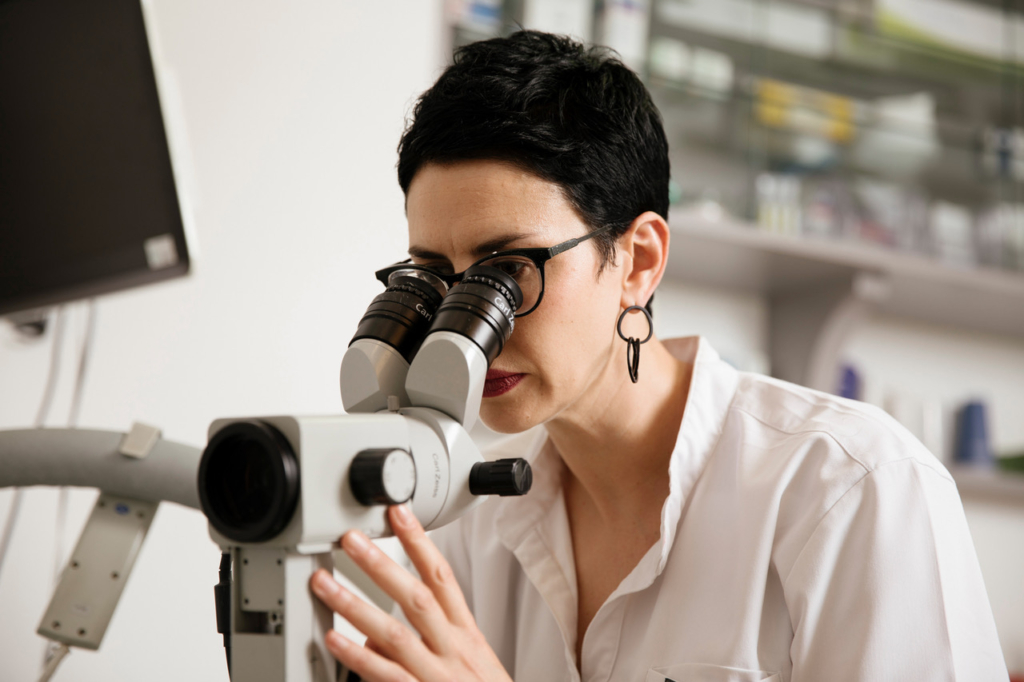HPV infection does not initially cause any symptoms, and most people are able to use their own immune systems to successfully fight the infection without realizing it. For this reason, it is also not necessary to search for HPV infection, especially since the knowledge that HPV infection is present can trigger feelings of insecurity, fear, anger and shame in many women. This circumstance then often impairs sexual behavior and impairs the pleasurable and fulfilling approach to sexuality. According to the latest guidelines, it is recommended that only women over the age of 30 should have an HPV test every 3 years. This is to avoid excessive controls.
It is therefore particularly important to convey that HPV infections are almost as common as infections with the common cold virus and that in the vast majority of cases this infection goes away on its own. For this reason, there is no need to be afraid of transmission, since almost everyone who is sexually active will get an HPV infection at some point. In addition, there is no treatment that has been proven to be effective against asymptomatic HPV infection.
The situation is different with the diagnosis of pathological changes that can be caused by an HPV infection. The first thing to mention here is the regular cancer smear (Pap smear) as part of the gynecological check-up at the gynecologist. A brush is used to stroke the surface of the cervix and the cells that get caught in the brush are smeared onto a slide and examined under a microscope. If an HPV infection has led to a precancerous change, there is a high probability that abnormal cells will be found in the smear. Depending on the degree of severity, the designation Pap IIID or Pap IV is chosen.
If such a result is now available, then the next step is to perform a colposcopy. The cervix is stained with an aqueous vinegar solution and viewed under a magnifying glass and, if necessary, a small tissue sample is obtained. This is then examined again under the microscope and a diagnosis such as CIN I to III (see above) is made. Colposcopy and biopsy is also the method of choice for diagnosing precancerous changes in the vagina (VAIN), the vaginal introitus (VIN) and the anal canal (AIN).
It is also possible to detect the virus. As with a smear test, a small brush is used to stroke the cervix and the brush is then placed in a tube. As part of a special laboratory test, the virus is then multiplied in the test tube using polymerase chain reaction (PCR) to such an extent that it can finally be detected. Two test methods are currently in common use. For example, with the cobas® test from Roche, only the virus types HPV 16 and 18 are determined from the group of “high-risk” types, all others are combined in a group, the so-called “pool”. With the PapilloCheck® test from Greiner, on the other hand, it can be determined which virus type is involved.


